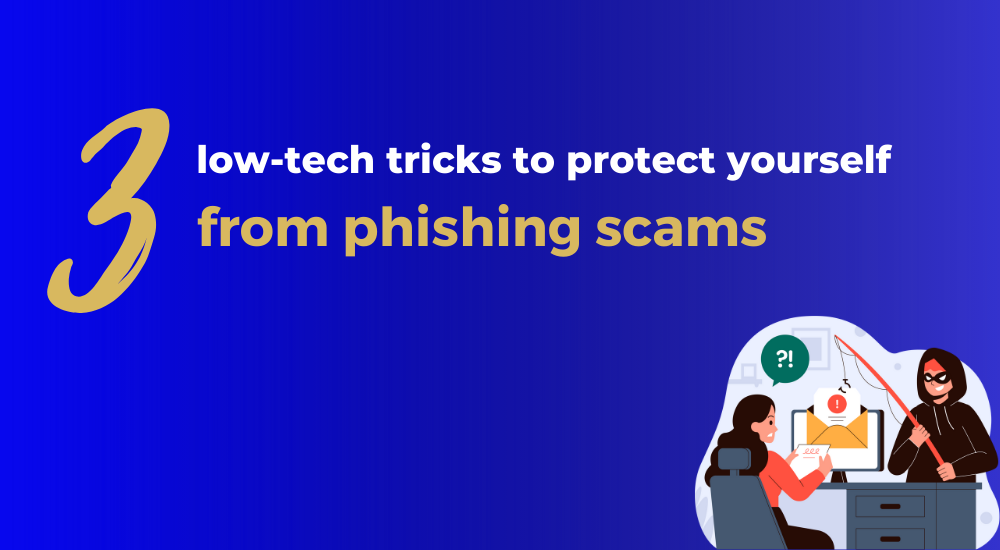You shop weekly from Amazon and wake up one day to an email stating that your payment has been declined. At first, you’re certain it’s a scam because you know better, but then you check the email domain and it says amazon.com. It must be them, you click on the link, and BOOM. Your passwords, web history, and everything are stolen.
How come? This is what’s called a homograph attack. Simply put, the scammer sends you an email or a URL that’s almost identical to the real one except this one has a Latin letter. Check the image below, can you spot the difference?

Here are three easy no-tech ways to protect yourself
1- Always test any link before clicking on it
- Right-click on any hyperlink or button in the suspicious email
- choose “copy link address” and paste it into any link site-safety testing tool.
- Here are three trusted and free options:
2- Test emails from unknown senders
- Copy a given email and paste it into a sender-verification tool.
- Try these trusted three websites
3- Add a 2FA to every single account you have
Even for the most trivial, fun websites you use. We tend to use the same set of passwords and a few emails for all accounts, which means an average hacker can guess your access to an important account.
Finally, the most important tip is to trust your instinct, if something is off, it is. If you’re not expecting a payment or an order don’t click on an email claiming an issue with your payment or account.

